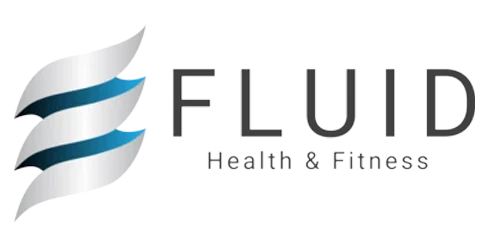
What is Percussion Stimulation?
Percussion stimulation is a more active application of percussive therapy that uses a higher-speed massage gun to energize and prepare tissue for movement. Unlike inhibition, this technique is dynamic—used to stimulate underused or neurologically “asleep” tissue.
History and Development
Originally a component of pre-activity massage in athletics, this concept has evolved with technology to allow for self-administered “neural priming.” Combined with movement, it bridges the gap between passive release and functional activation.
Why the Tissue Needs This
Chronic sitting, repetitive habits, and old injuries often lead to motor amnesia—when muscles stop contributing properly to movement. Glutes, scapular stabilizers, and core muscles are frequent culprits. This causes other muscles to overwork and leads to injury.
Mechanism of Action
High-frequency strokes over the muscle increase circulation and upregulate muscle spindle sensitivity. When paired with stretching or active range, the technique improves feed-forward motor control and enhances proprioceptive awareness.
Practical Tips
- Apply for 30–60 seconds from insertion to origin while moving the joint.
- Use on quads, calves, traps, glutes—especially before exercise.
- Match the direction of percussion with the stretch for greater neuromuscular gain.
Everyday Applications
- Before walking or hiking, stimulate the glutes and feet/shins to avoid shin splints or hip pain.
- Before lifting, stimulate traps and scapular muscles for better posture.
- For teachers, retail workers, and service providers—use during breaks to keep posture active.
Scientific References:
- Krause, F., Wilke, J., & Vogt, L. (2022). Percussive massage treatment effects on performance. Journal of Sports Science & Medicine.
- Behm, D. G., & Wilke, J. (2021). Effects of self-myofascial release: Performance & injury. BJSM.
- Konrad, A., & Tilp, M. (2020). Foam rolling vs vibration. Scandinavian Journal of Medicine & Science in Sports.



